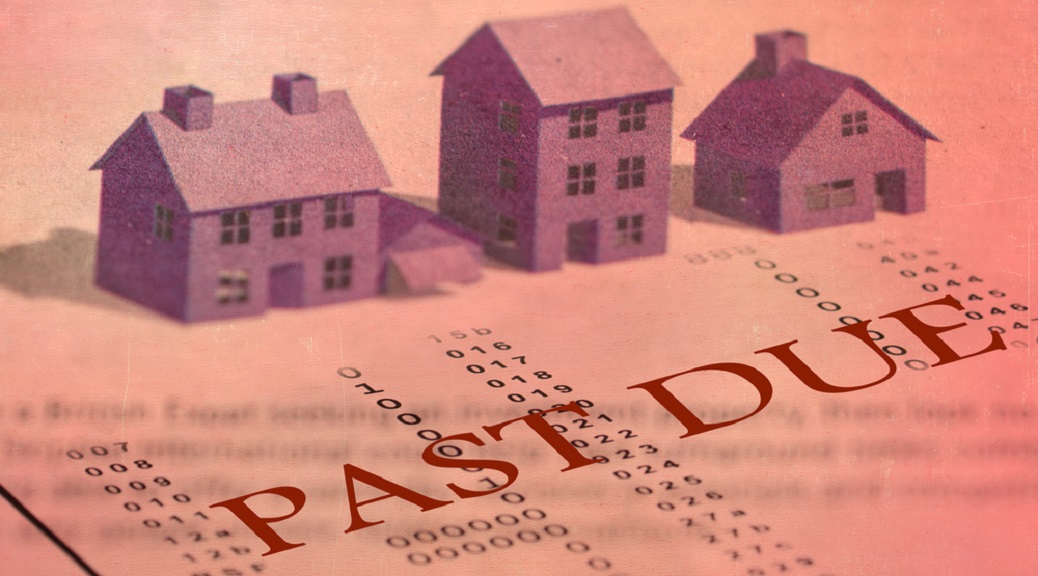Foreclosure alternatives is something everyone should be knowledgeable about. Whether you own a home now or not, if you plan on owning one in the future you should be aware of the options available to you when you can no longer afford your mortgage payment. Foreclosure is the process by which a borrower’s property is seized due to failure to pay the mortgage.
Foreclosure doesn’t happen instantly. By law, a foreclosure cannot take place until a minimum of 30 payments (or 90 days of delinquency) takes place. Even then, there are certain legal requirements that must be met before a lender starts the foreclosure process. Some states have their own requirements (on top of the lender’s requirements) that must also be met.
Unfortunately things like layoffs, unexpected emergencies, and unfortunate outcomes are a part of life. Most of these things can’t be avoided, but preparing yourself with knowledge ahead of time can help lighten the load. Waiting until the last minute to know foreclosure alternatives may result in you choosing the wrong one.
The CGS Team is going to provide you with an overview of the most common foreclosure alternatives and where to learn more if you are in a financial bind. Note that things like your home loan’s investor, servicer and payment history can affect which alternative that you qualify for. The best way to learn what is truly available to you specifically is to contact your loan’s servicer.
What is a foreclosure?
Simply put, a foreclosure the forfeiture of a homeowner’s rights to a home because of a failure to pay the mortgage. We aren’t saying that you miss one payment and you are out on the street. In fact, most servicers cannot start foreclosure until a 90 day delinquency. Even after that, each state has its own requirements for when a property can be foreclosed on. However, foreclosure is a terrible process that should be avoided at all costs. Below are a list of foreclosure alternatives to familiarize yourself with for the future.
Refinance
A refinance is the replacement of an existing debt obligation with a new debt obligation under different terms. In simpler words, a refinance is the ability to extend your loan term, lower your interest rate, or both. If you have an extremely high interest rate, refinancing to reduce your rate can save you thousands of dollars in interest and make an immediate difference in your monthly payment.
Another great thing about refinancing is that you can refinance with a new servicer. If you are not happy with Wells Fargo, who services your loan, you can refinance with Chase and they will be your new servicer. For more on refinancing, calculators, and property value estimates, check out Bank of America’s Mortgage Refinance site.
Repayment Plan
A repayment plan is a 3-12 month plan to get you caught up on your mortgage. When creating a repayment plan, your investor takes your past due loan balance and divides that amount over the life of the plan, then adds your monthly mortgage payment and comes up with a new monthly payment amount to help you become current at the end of the plan.
A repayment plan is most suitable for those who had a short term setback and can start making their payments again. Not all loans are eligible for a repayment plan, so checking with your servicer should be your first step. Loan investor Fannie Mae’s Know Your Options site has more information on repayment plans.
Modification
A loan modification is a change in the original loan terms, agreed to by lender and borrower. Unlike a refinance, which creates a whole new loan, a loan modification is a change to the original loan, not the creation of a new loan. Loan modifications come in different forms. Lower interest rates, extended loan terms, debt forgiveness, and more.
Like most foreclosure alternatives, qualifications are determined by your servicer and the status of your loan. One of the most popular loan modifications is the one offered by MHA. Making Home Affordable (MHA) is an official modification program offered by the U.S. government. To learn more about MHA and which servicers are eligible, visit the Making Home Affordable website.
Short Sale
A short sale is the sale of property in which the proceeds from the sale are used to pay off as much of the loan balance as possible. When the housing market crashed, short sales were extremely popular. The value of property was less than the total amount due on the loan, so investors accepted short sales to avoid foreclosure.
While short sales leave a negative mark on your credit report, the damage is less than that of foreclosure. You are probably wondering why an investor would even go through with a short sale. Short sales are less costly than foreclosures (for the lender and the borrower), so if there is no other alternative, a short sale is preferred over foreclosure.
Deed in Lieu
The last foreclosure alternative is a deed in lieu of foreclosure. A deed in lieu is a voluntary transfer of the deed back to the investor. With a deed in lieu, you may be able to be released of your obligation of the remaining debt, avoid foreclosure, and take a less damaging hit than you would with an actual foreclosure.
Not everyone qualifies for a deed in lieu, so confirm how you should apply with your loan’s servicer. For more information on the deed in lieu process, check out Wells Fargo’s Deed in Lieu Process PDF. While this document is specific to Wells Fargo, most servicers follow a similar process.
While we hope that you will never need to use an alternative to foreclosure, we want you to be aware of your options in case of emergency. Have you gone through any of the foreclosure alternatives above? Do you have any experience with a delinquent home loan? Share your thoughts with the community by leaving a comment below!






2 thoughts on “Foreclosure Alternatives Everyone Should Know About”
Right on point! I worked in home loan modifications and there are definitely options to avoid foreclosure, borrowers just need to do their research!
Good to know there are multiple options in case you ever find yourself in this situation